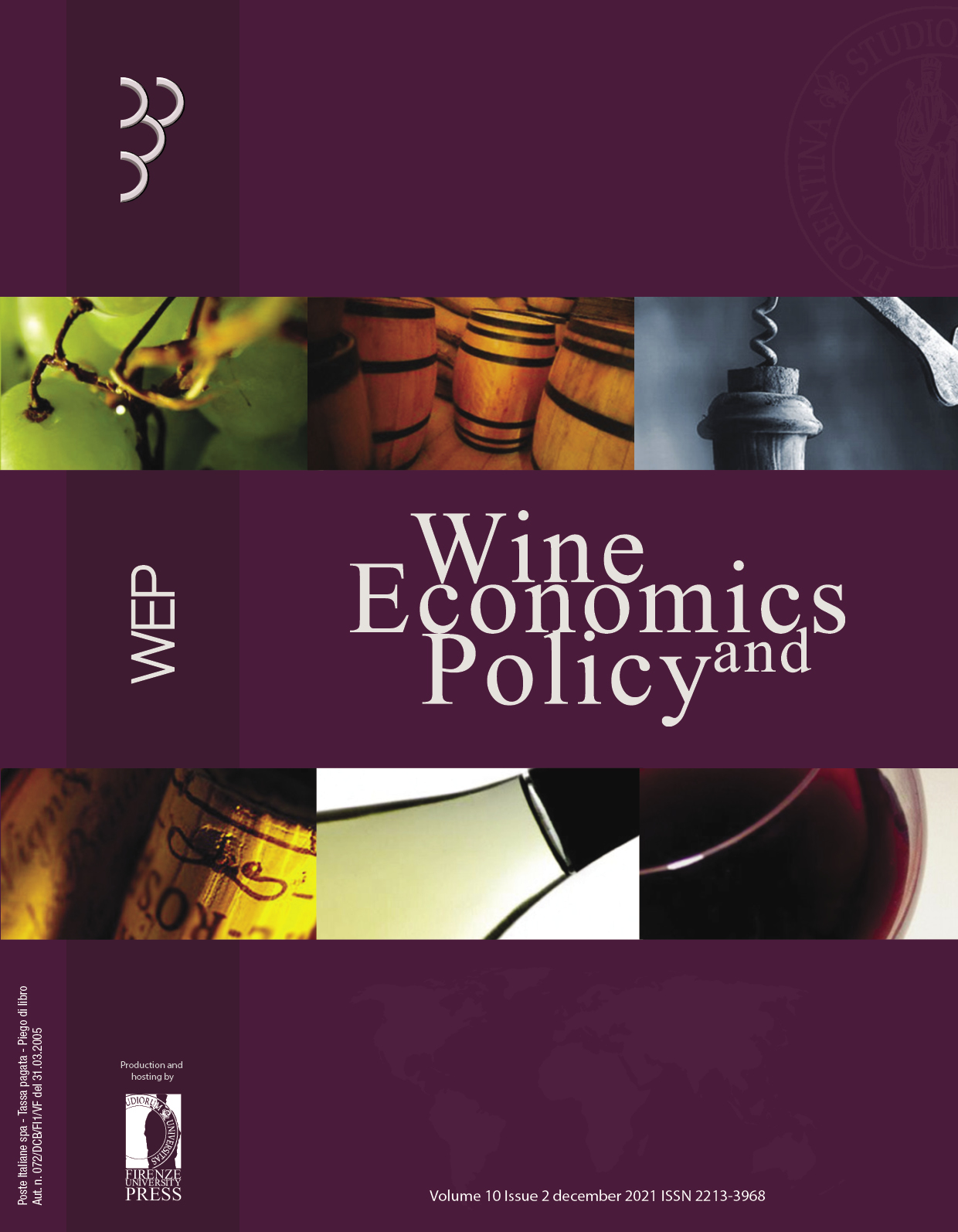Organic and conventional grape growing in Italy: a technical efficiency comparison using a parametric approach
Published 2021-07-14
Keywords
- stochastic frontier analysis,
- technological homogeneity,
- inefficiency sources
How to Cite
Abstract
Several studies have focused attention on the differences between organic and conventional farms in terms of efficiency, and controversial findings have resulted from these applications. One source of controversy concerns the assumption about the frontier(s) adopted for the comparison: a common frontier or two separate frontiers for organic and conventional methods? This paper aims to estimate technical efficiency in Italian grape farming. A stochastic frontier analysis (SFA) was applied to a sample of 531 farms (440 conventional and 91 organic farms) collected from the Farm Accountancy Network Database. Among others, a test for evaluating whether a unique or separate frontier was performed. The findings suggest that organic and conventional farms would lie on a common frontier and that organic farms have greater capacity than conventional farms in using their technical inputs (efficiency amounts to 83.6% and 77.8%, respectively). Several implications derive from these findings.


